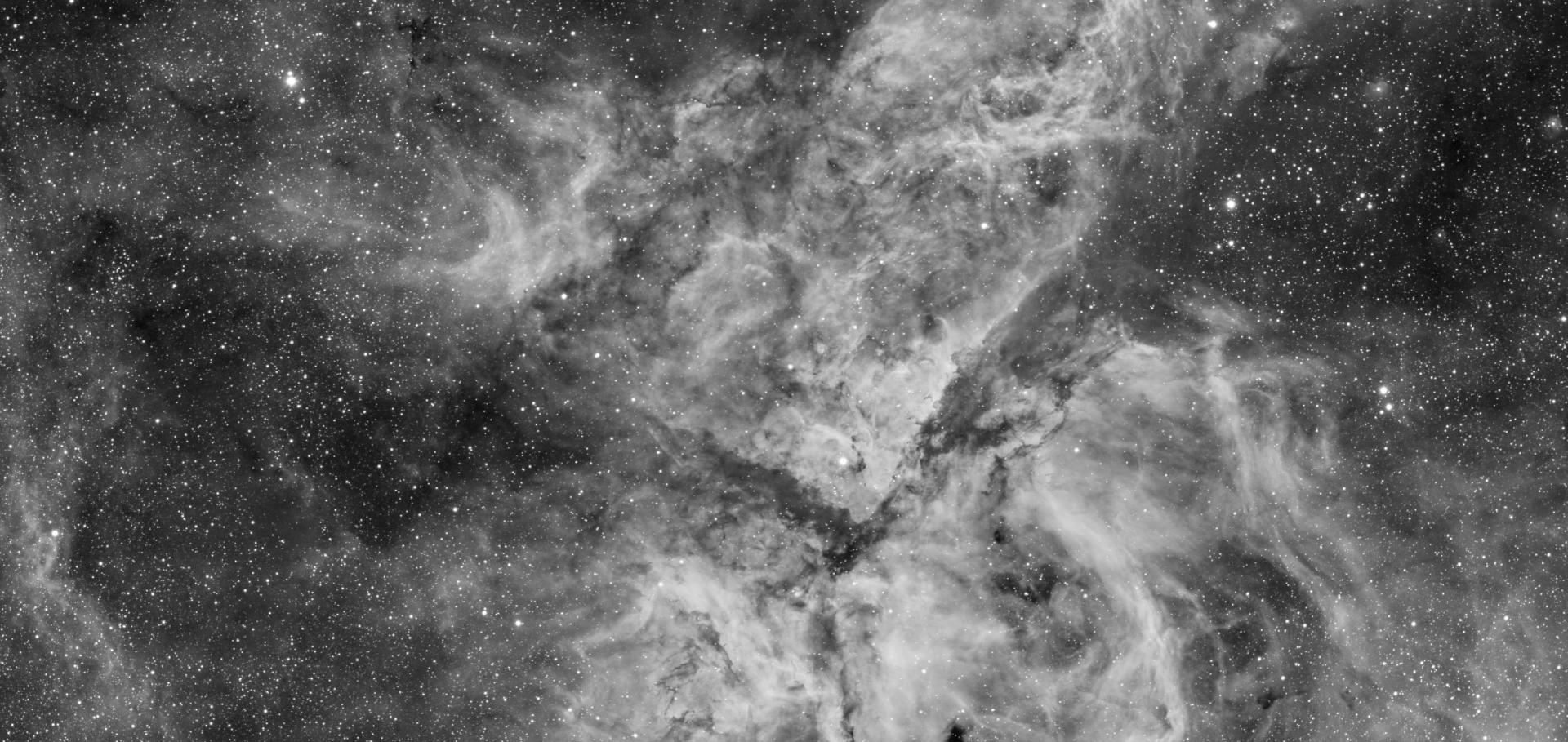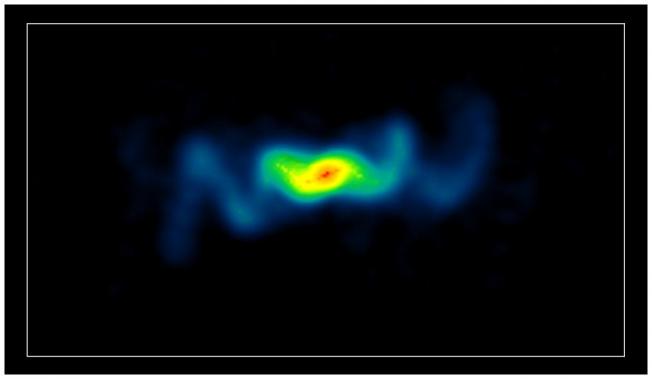Uncovering the orbital dynamics of stars hidden inside their powerful winds: application to $\eta$ Carinae and RMC 140
(2020)
Classical Nova Carinae 2018: Discovery of circumbinary iron and oxygen
(2020)
Probing the non-thermal emission in the Perseus cluster with the JVLA
Proceedings of the International Astronomical Union (2020) 44-52
Abstract:
© International Astronomical Union 2020. We present deep low radio frequency (230-470 MHz) observations from the Karl G. Jansky Very Large Array of the Perseus cluster, probing the non-thermal emission from the old particle population of the AGN outflows. Our observations of this nearby relaxed cool core cluster have revealed a multitude of new structures associated with the mini-halo, extending to hundreds of kpc in size. Its irregular morphology seems to have been influenced both by the AGN activity and by the sloshing motion of the cluster' gas. In addition, it has a filamentary structure similar to that seen in radio relics found in merging clusters. These results illustrate the high-quality images that can be obtained with the new JVLA at low radio-frequencies.Cosmic ray acceleration by shocks: spectral steepening due to turbulent magnetic field amplification
Monthly Notices of the Royal Astronomical Society Oxford University Press 488*:2 (2019) 2466-2472
Abstract:
We show that the energy required to turbulently amplify magnetic field during cosmic ray (CR) acceleration by shocks extracts energy from the CR and steepens the CR energy spectrum.Cosmic ray acceleration by shocks: spectral steepening due to turbulent magnetic field amplification
(2019)



